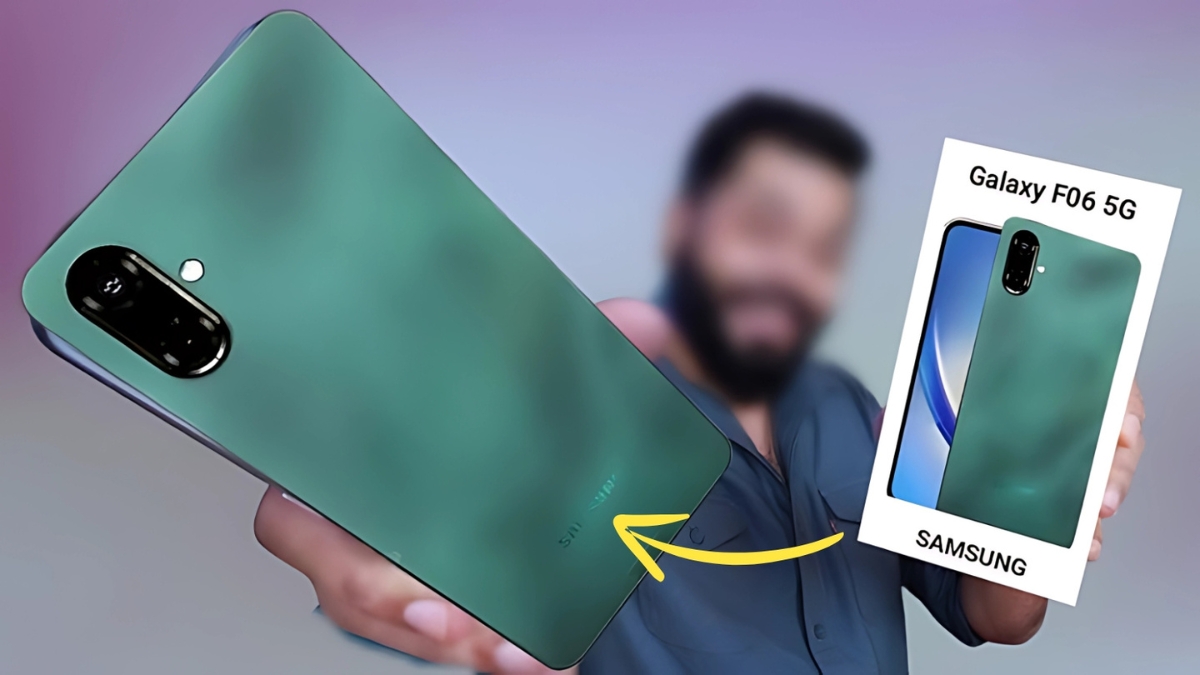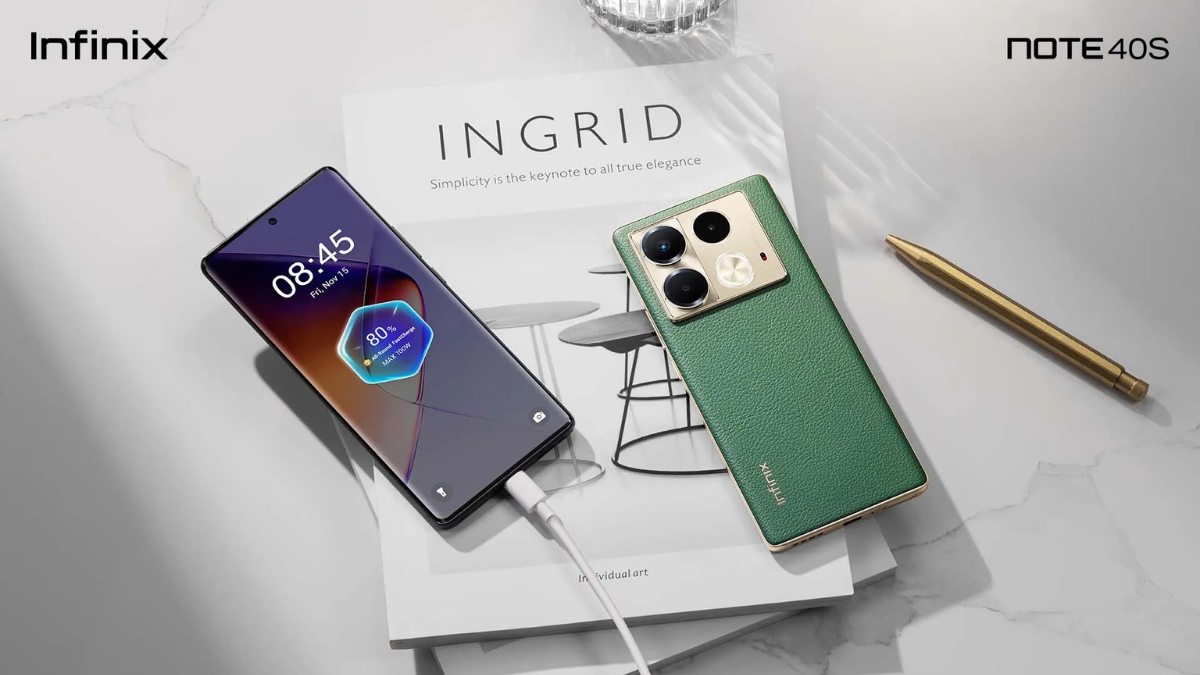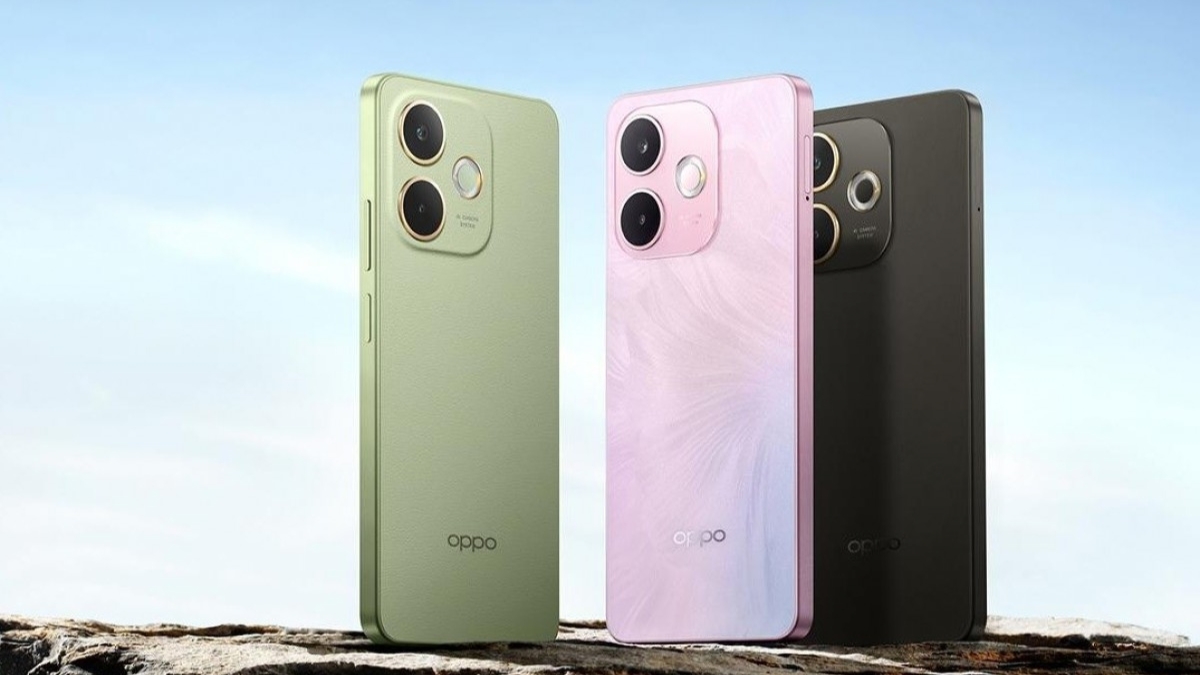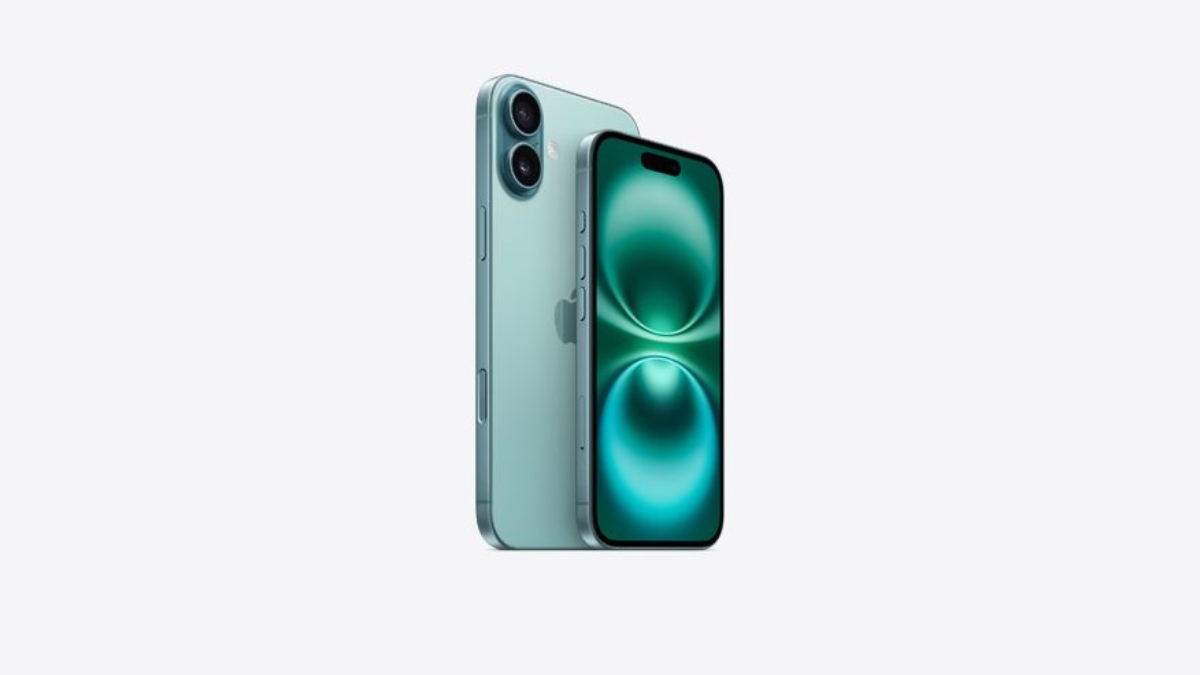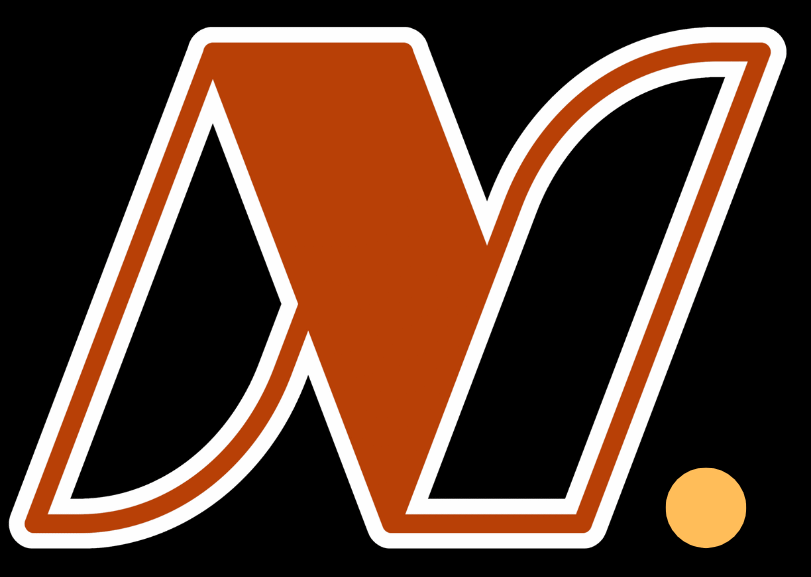Microsoft CEO Satya Nadella has long championed OpenAI as the gold standard in artificial intelligence. But in a recent shift, he highlighted DeepSeek’s R1 model as the first real contender. This moment marks a significant evolution in the AI space where competition is driving innovation at lightning speed.
In this article, we explore why Nadella’s endorsement matters, how Microsoft is rethinking productivity with agentic AI, and what these advancements mean for the future of software, work, and AI development.
What Is DeepSeek R1 and Why Is It Important?
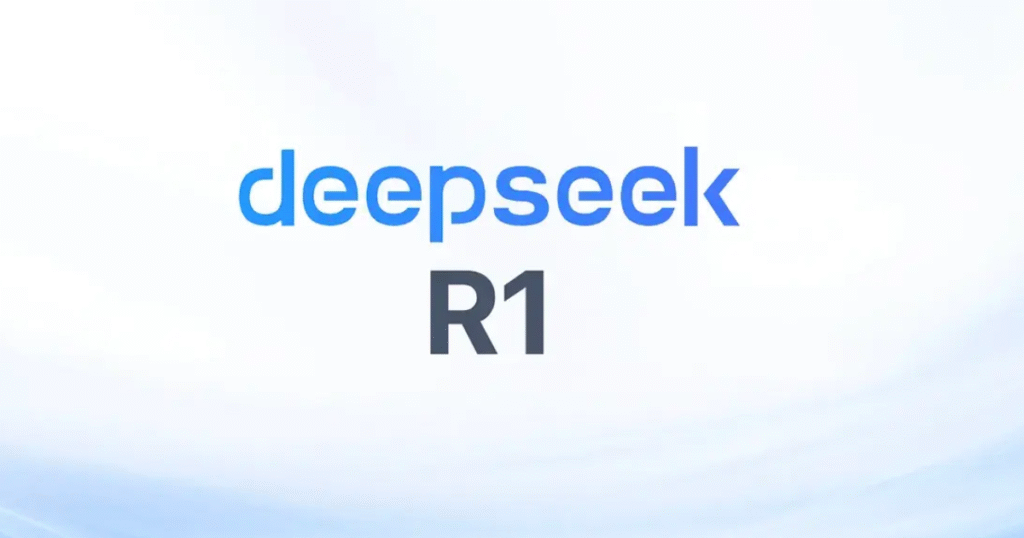
DeepSeek R1 is a cutting edge large language model developed by a Chinese AI startup. It recently caught the tech world’s attention by outperforming expectations and impressing one of the most influential figures in AI Satya Nadella.
“DeepSeek, and R1 in particular, was the first model I’ve seen post some points,” said Nadella, indicating its high-quality performance.
Compared to competitors like Google’s Gemini or Elon Musk’s xAI Grok, R1 shows significant promise in tasks involving reasoning, problem-solving, and language understanding. Its rapid rise reaching the top of the U.S. App Store charts in early 2025 underscores its impact and user interest.
Microsoft has since added R1 to its Azure AI Foundry platform, allowing businesses to use the model while keeping data secure and ensuring compliance with international standards.
How Microsoft Is Integrating AI into Daily Workflows
Satya Nadella isn’t just promoting AI—he’s using it. He refers to AI-powered assistants as his “chiefs of staff,” helping manage emails, meetings, and research. This move isn’t symbolic; it reflects Microsoft’s broader strategy to make AI part of everyday work.
One of the main tools behind this transformation is Microsoft Copilot, integrated across Microsoft 365. It assists in summarizing documents, drafting emails, and analyzing spreadsheets.
Over 70% of Fortune 500 companies now use Copilot, including Estée Lauder and Nestlé.
These organizations leverage Copilot for everything from HR tasks to supply chain management, showing real-world value and practical use cases.
What Is Microsoft’s “Agent Factory” and Why Does It Matter?
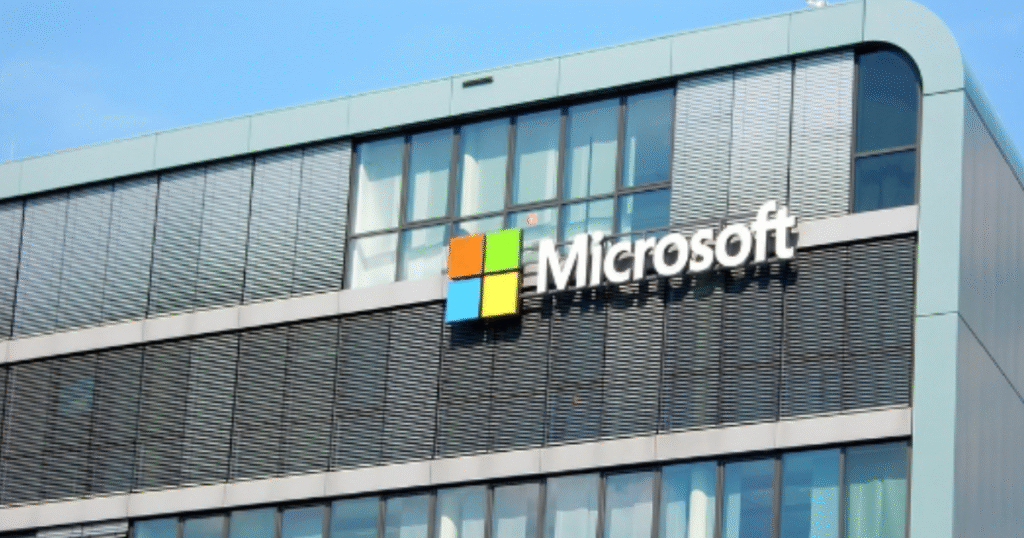
Microsoft is developing a concept called the “Agent Factory” a system designed to create, deploy, and manage AI agents within businesses. These agents work alongside human employees, learning company-specific information and adjusting to internal workflows.
For example, a new tool called “Tenant Copilot” serves as a digital twin of the organization. It can access internal databases, understand company terminology, and function almost like a virtual executive assistant for every department.
This approach signals Microsoft’s vision of a future where AI isn’t just a tool but a team member.
Agentic AI vs Traditional SaaS: A New Paradigm Shift
Nadella is also thinking long-term. In a recent interview, he questioned the future relevance of traditional software tools like Excel and Word.
“Hey, why do I need Excel?” he asked. In his view, intelligent agents will soon be able to carry out spreadsheet tasks without needing users to open an app.
This idea called Agentic AI goes beyond automation. It’s about replacing static software with proactive, goal-oriented digital agents. If successful, this could disrupt the entire Software as a Service (SaaS) model.
Rather than subscribing to multiple apps, users might simply task an AI agent to complete a process—be it financial reporting, HR onboarding, or product research.
Microsoft’s AI Ecosystem: Not Just OpenAI
Although Microsoft remains closely tied to OpenAI, it has made clear that it’s diversifying. On the Azure platform, customers can now access models from:
- OpenAI (like GPT-4)
- Meta
- Mistral
- DeepSeek
This flexible AI model marketplace helps Microsoft meet various customer needs while staying competitive in a rapidly evolving ecosystem.
As Nadella explained, “We’re not building a closed system. We’re giving developers and businesses choices.”
Frequently Asked Questions (FAQs)
Q1. What makes DeepSeek’s R1 different from other AI models?
R1 stands out due to its strong performance in language comprehension and reasoning. It’s the first model that Satya Nadella said comes close to OpenAI’s best models.
Q2. Is Microsoft replacing humans with AI?
Not at all. Microsoft is focusing on AI that assists humans—streamlining tasks like email management, contract comparison, and translation.
Q3. What industries are using Microsoft Copilot?
Copilot is used across healthcare, retail, finance, and manufacturing. Companies like Nestlé and Estée Lauder are already integrating it into their workflows.
Q4. Will Agentic AI replace SaaS platforms like Excel and Word?
Possibly in the long term. Nadella believes intelligent agents could perform tasks traditionally handled by these apps, leading to a major shift in software design.
Q5. Can businesses access DeepSeek R1 through Microsoft Azure?
Yes, R1 is available on Azure AI Foundry, and Microsoft ensures its deployment meets global data and security standards.
Conclusion: A New Era of Intelligence
Satya Nadella’s endorsement of DeepSeek R1 is more than just praise it’s a signal. The AI race is no longer about one company dominating the field. It’s about ecosystems, integration, and intelligent collaboration.
With tools like Copilot, platforms like Azure AI, and visions like Agentic AI, Microsoft is shaping the next generation of digital work. The lines between software and assistant are blurring. And in that future, Microsoft aims to lead not follow.
Related Post



